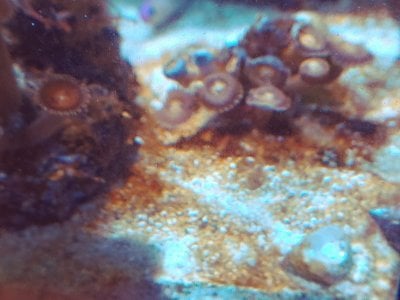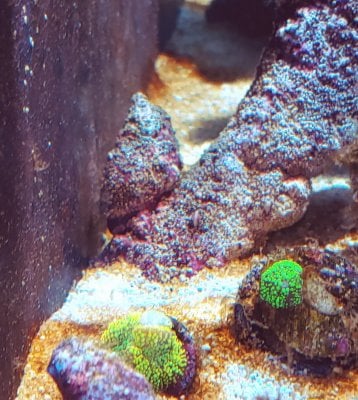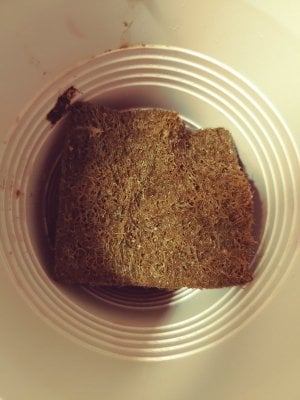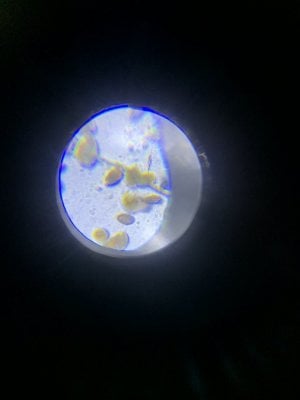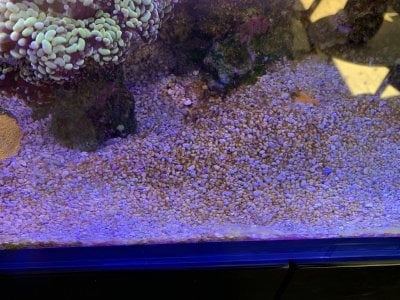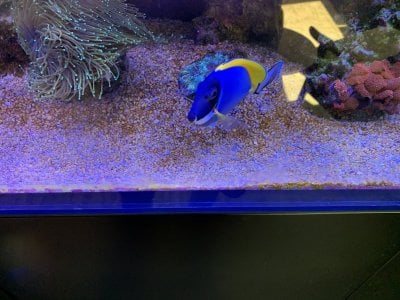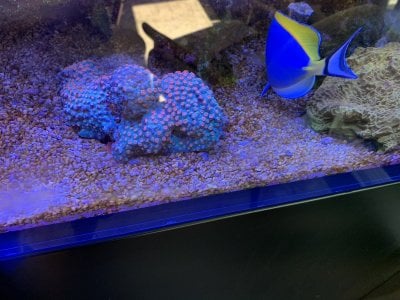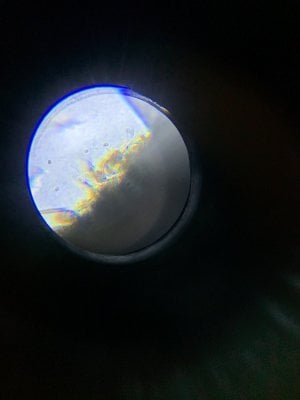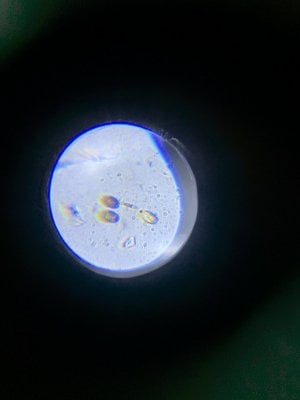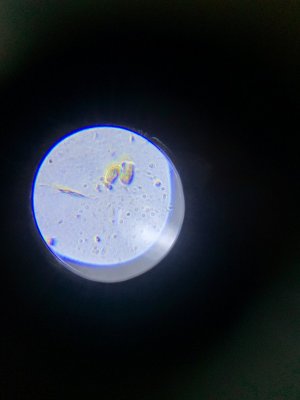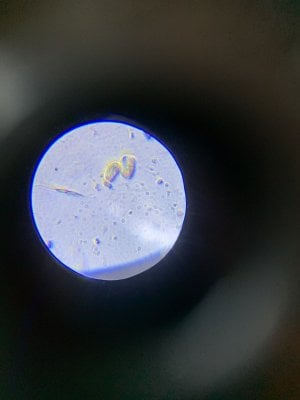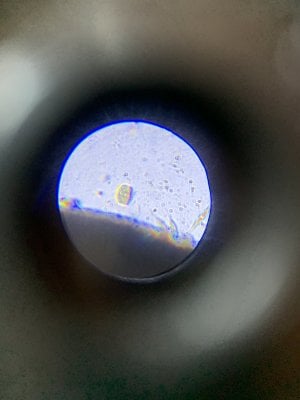Hello all,
Are these photos adequate for someone to help me identify these?
There is a somewhat shaky-cam video here too:







It took a while to land on the rig I ended up getting. So perhaps to help someone else down the road either towards or away from this rig, I present the following. There are better photos out there for sure! But this is what a ~$56 landed (after tax) rig got me if you use your own phone and omit the universal mount I attempted to use listed below.
Are these photos adequate for someone to help me identify these?
There is a somewhat shaky-cam video here too:
It took a while to land on the rig I ended up getting. So perhaps to help someone else down the road either towards or away from this rig, I present the following. There are better photos out there for sure! But this is what a ~$56 landed (after tax) rig got me if you use your own phone and omit the universal mount I attempted to use listed below.
- Equipment used
- Samsung Galaxy S20 cell phone for taking the photos
- $40 AmScope Kids STEM Microscope 120x-1200x. EISN B00GGY85EC. This also came with plastic slides that I used: Amazon product
- $11 Bluetooth Camera Shutter for Cell phones to help minimize camera shake. EISN B07MR1PHPZ. Amazon product
- I tried, but did not really use, a $19 universal cell-phone mount. The diameter of this microscope's viewing tube was too small for this particular mount. I did rig it to work with some cloth to make the diameter of the tube wider. And it worked. But then Mrs. Who Dah? came in and wanted to play with the microscope, but without the universal mount. Indeed, she was better than I at finding better focused critters than I. (Quicker too!) That said, I mostly ended up holding the cell phone over the scope after she had something in visible range while Mrs. Who Dah? clicked the shutter button on the remote to minimize camera shake. I do think the mount would help, especially if taking photos solo, but one would either need to rig something to hold this particular model on this particular microscope or get a different universal mount that can go down to about 22mm for this particular microscope: EISN B013D2ULO6 Amazon product
- Settings
- These shots were either taken at 300x or 480x on the microscope. (I had the microscope in both modes, but didn't keep track of which photo was with which zoom.



